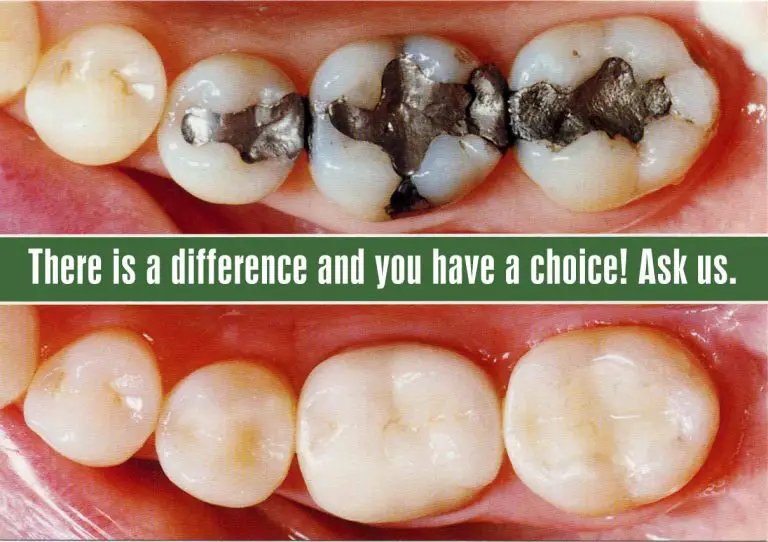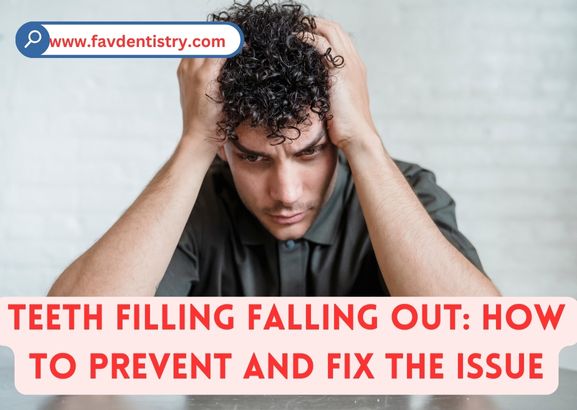Last Updated on 3 days by DR. ALBIN SIPES
Flossing is essential for good oral hygiene. One crucial aspect of oral health is understanding the significance of dental hygiene practices. However, a common question often arises: Can’t floss after filling?
The answer is yes. Let’s have a brief discussion about it.
Explaining dental fillings and their role in oral health
Dental fillings are materials used to repair and restore teeth compromised due to decay, injury, or wear. Dentists use the material and seal the affected area to prevent further damage and infection.
Common types of dental fillings
- Amalgam fillings: It is one of the best and oldest processes nowadays. It’s made of mercury, silver, and tin. It’s now not seen highly to prefer dentist.
- Composite fillings: Composite fillings are the first choice for dentists and patients nowadays. It’s a natural-looking condition for teeth patients who are often happiest.
- Other types of fillings: Other types of fillings are Gold fillings (inlays and onlays) and ceramic filling. Both are less common but may be suitable for specific cases.
Reasons for undergoing a dental filling procedure
There are several reasons why someone may need a dental filling:
- Tooth decay: Cavities caused by bacteria eroding the tooth enamel.
- Tooth damage: Trauma or injury leading to chipped or cracked teeth.
- Tooth wear: Natural wear and tear from habits like teeth grinding or erosion due to acid reflux or aggressive brushing.
The Flossing Conundrum: Can You Floss After a Dental Filling?
After getting a dental filling, patients often wonder if it’s safe to resume Flossing or if it could disrupt the filling or cause any harm.
Professional opinions and dental guidelines
Dentists generally recommend maintaining a consistent flossing routine after getting a dental filling. However, following the dentist’s guidelines is crucial to avoid accidental damage to the filling or discomfort during the healing process.
Potential risks associated with flossing too soon
Flossing too soon after a dental filling can potentially dislodge the filling material. It leads to complications and the need for further dental intervention. It is best to exercise caution and allow adequate time for the filling to set fully and the surrounding tissues to heal before resuming regular flossing habits.
When is it Safe to Resume Flossing?
Dental professionals generally recommend waiting at least 24 hours before resuming Flossing after a dental filling. This timeframe allows the filling material to be fully set and the tissues to begin the healing process.
Feeling discomfort: When to consult your dentist
If Flossing causes discomfort or pain after the recommended waiting period, it is advisable to consult with your dentist. Discomfort may indicate improper healing, irritation to the surrounding tissues, or other underlying issues that must be addressed.
Alternative Methods for Cleaning Around Fillings
Interdental or interproximal brushes are small. Its cone-shaped meetings are designed to clean the spaces between teeth. You can use it for Flossing, especially for individuals with dental restorations. In your teeth gaps, it works properly.
Water flossers: How they differ from string floss
Water flossers, or oral irrigators, use water to clean between teeth and the gum line. They can provide a gentle and effective way to clean dental fillings. It makes them suitable for those who find traditional flossing challenging or uncomfortable.
The importance of gentle cleaning and caution
When you floss or brush your teeth, don’t try to force them. You can think that when you forcefully do it, teeth can clean more. But sorry to say this, it is a wrong idea. Over-forcing can cause your teeth to break or be damaged.
Healthy habits to maintain oral hygiene
Flossing is just one part of a comprehensive oral hygiene routine. You also need to maintain the following Habits:
- Use a soft-bristled toothbrush and fluoride toothpaste. Regularly brush twice a day.
- Clean between teeth using floss or alternative interdental cleaning methods.
- Use a mouthwash to reduce plaque and bacteria. Remember, the mouthwash must be antimicrobial.
- Adopt a nutritious diet low in sugary and acidic foods and beverages.
Regular dental visits and professional cleanings
Dentists can assess fillings’ status and identify potential issues. They perform professional cleanings that reach areas that may be difficult to clean at home. So, after filling, you can contact your dentist to check the position of your fillings now.
The link between oral health and general well-being
Good oral health goes beyond having a bright smile. Research has shown proper oral hygiene can significantly impact overall health and well-being. Poor oral health has been associated with various systemic conditions, including cardiovascular disease, diabetes, and respiratory infections.
The consequences of neglecting oral hygiene
Neglecting oral hygiene can lead to several oral health issues. These may include gum disease, tooth decay, bad breath, and loss. So, Take care of dental fillings and maintain a consistent oral care routine.
Summary
So, after a filling minimum, wait 24 hours. At this time, the teeth fillings get stronger. But after flossing, if you understand that your fillings are falling out, contact your dentist early. He will again restore it.
Frequently Asked Questions About ” Can’t floss after filling? “
Can I brush my teeth after getting a dental filling?
Yes, brushing your teeth after a dental filling is generally safe. However, it’s essential to exercise caution and avoid putting excessive pressure on the filled tooth.
How soon can I resume flossing after a dental filling?
It is generally recommended to wait at least 24 hours before resuming flossing after a dental filling. However, individual cases may vary, so it’s best to consult your dentist for specific recommendations.
Are there any flossing techniques to avoid damaging the filling?
Using a gentle, back-and-forth motion when flossing around dental fillings is advisable. Avoid snapping the floss into the gums, which can damage the filling or cause gum irritation.
What should I do if I experience pain or discomfort after flossing?
If you experience pain or discomfort after flossing, it is best to consult with your dentist. Discomfort may indicate an underlying issue that needs to be addressed.
How should I clean interdental spaces if Flossing isn’t an option?
If Flossing is not an option, interdental brushes or water flossers can clean interdental spaces. These tools effectively remove plaque and food particles from between teeth.
Are there any specific foods to avoid after getting a dental filling?
While there are no specific foods to avoid, it is best to consume a balanced diet that limits sugary and acidic foods and beverages. These can contribute to tooth decay and cause sensitivity around dental fillings.




